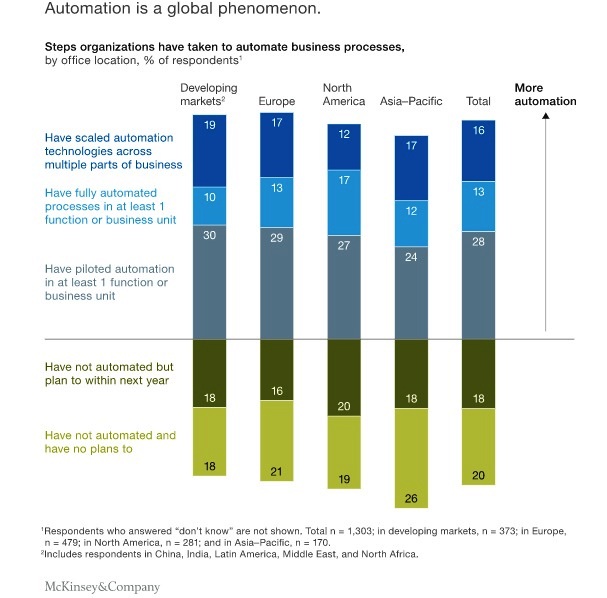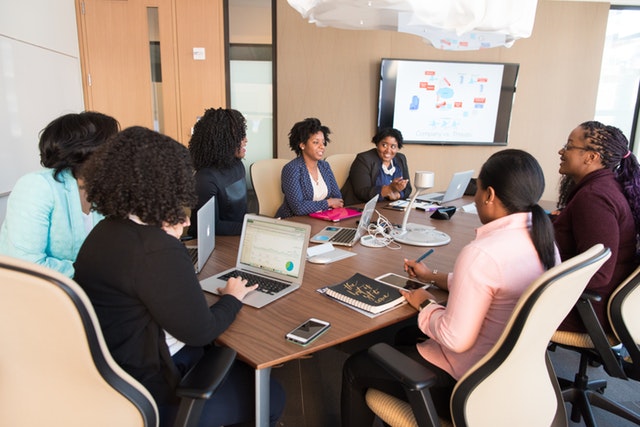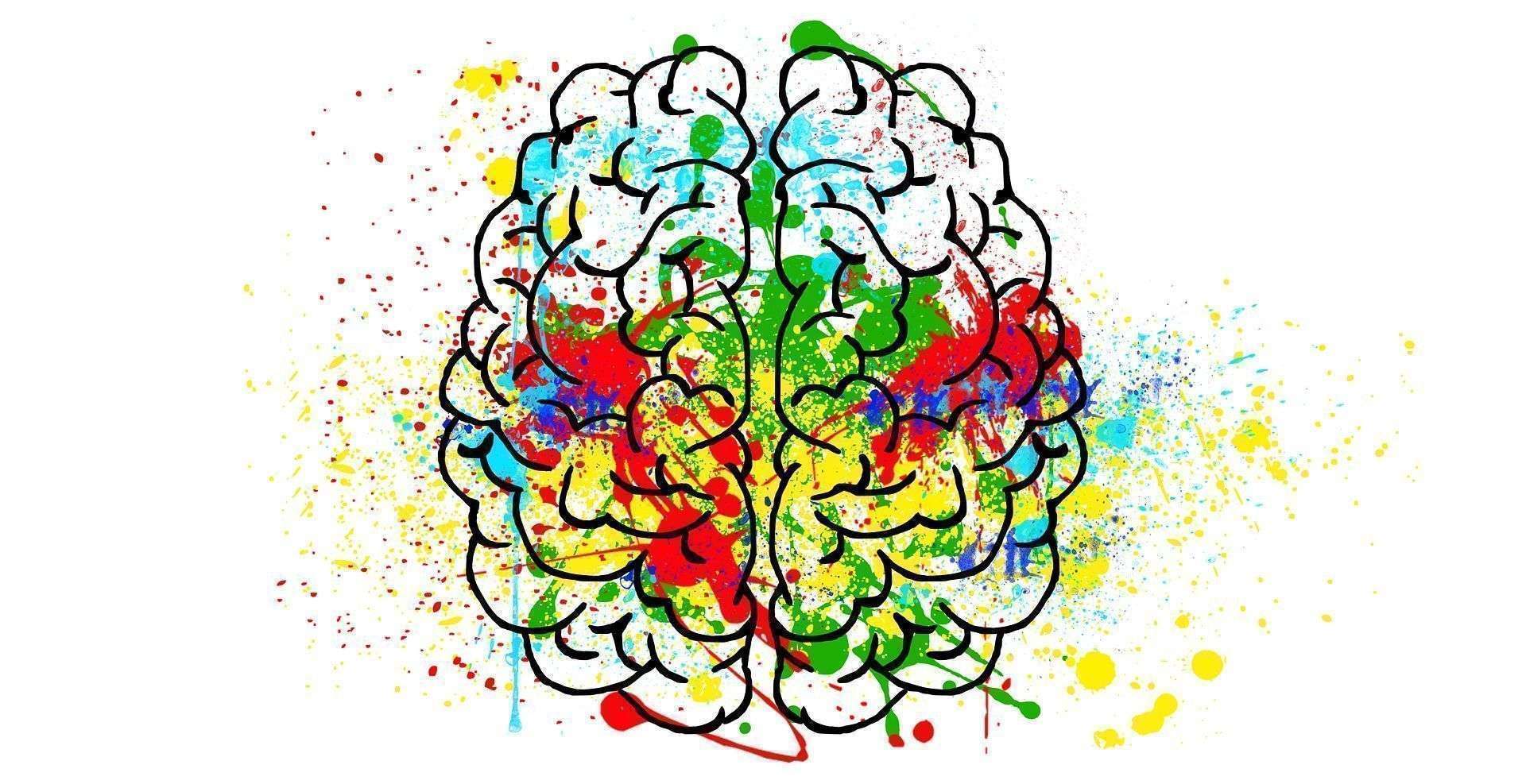The growing and speedy adoption of technology, such as artificial intelligence and Robotic Process Automation can shape the future of work with excellent outcomes in terms of cost and error rates reduction.
Yet, studies confirm that automation and AI alone are far from ensuring sustainable growth in the long run if not hand-in-hand with a broader strategic approach.
In the Mc Kinsey’s 2018 Global Survey among organizations, 57% of respondents claimed to be deploying automation in at least one business unit or sector. While 38% had not begun yet, half of them were planning to launch automation by the year 2019. Surprisingly, a year later, many corporate executives now find that their returns are far from what they expected.

System-thinking, growth mindset
Based on clients’ evidence, Mc Kinzey identifies two main reasons for their falling short in meeting their targets.
- Organizations minimize or do not take into account that automating specific processes in business may affect handoffs and connections both upstream and downstream, introducing new inefficiencies.
- Viewing automation as a set of solutions aimed at eliminating work may drive too much focus on cost reduction, while the potential of human capital remains unattended.
If we take into account that competitors could easily mimic our RPA adoption, we come across the urge of considering the customer experience in a much broader sense , identifying those areas from end-to-end which could provide actual value and differentiation. Access to digital information has changed customer behaviours: their expectations are higher and more varied, and they are willing to choose precisely what they seek from an immense spectrum of market options.
Personalization is shaping new business models with the readiness to deliver products and services which meet customer’s specific needs fast, on-demand. Nevertheless, some misconceptions of the future of work may result in lots of resistance to adopting the right approach for organizations to capitalize on these golden opportunities.
Misconceptions of the future of work
Most often than not, people imagine future workplaces as phantom-factories deprived of humanity with legged robots replacing human-tasks. Especially among union representatives, the main concern is whether we are talking about “replacing us employees with an army of robots”.
The term “disruption” has become a refrain in conversations about the future workplace. But what do we mean by “disruption” exactly? The following video, which was uploaded three years ago, sheds light on the central issues we are to tackle when we speak about rethinking work.
All changes create some sense of insecurity and concern. As human beings, we tend to pursue comfort and security. To overcome the challenges mentioned in the video, individuals and leaders must address anxiety straight forwardly. That includes speaking out our plans, instead of closing our ears to the covert talking that will inevitably happen.
The staying power of human capabilities
Those who are well into their forties like me have probably seen the end of black and white television. In our childhood, we would play with the first TI99, Mac, and Commodore computers and put our hands on the first Atari joysticks. Maybe we even coded on Basic and Logo at school. By high school, we sent hundreds of faxes until we archived the faxing machine inside a drawer.
Later, while Windows was revolutionizing the globe, we step into the labour market without even knowing that the Internet was in its infancy. We saw gigantic, showy cell phones shrink and crawled the very first pages in Google until we flew to the Clouds.
As we look back, it seems unbelievable to have learnt such a myriad of things and still be eager to keep up with this fast-paced world. Well, all this wealth of learning was possible because as human beings, we rely on curiosity, creativity and imagination – among other thngs – to push our horizons further and find solutions to real problems.
Those human capabilities are attributes independent of context that come to play whenever we are to find creative ways to respond to situations and issues. And at the same time, they are the engine for personal growth, which also means developing the proper skills – tactical knowledge we use in specific contexts – to solve different problems in varied situations.
Interesting to be noted, the future will require an essential set of “soft skills”, according to a 2018 World Economic Forum Report about the Future of Jobs. The podium will be occupied by analytical thinking and innovation as the top skill, with active learning and creativity in the flanks:

In this sense, a recent article published on Deloitte’s website, broaches upskilling under a good light: an excessive focus on skills misses the point.
“In an economy that desperately needs more and more new skills, refreshed more and more often, what becomes most important are not the skills themselves but the enduring human capabilities that underlie the ability to learn, apply, and effectively adapt them”.
Therefore, disruption triggered by technology is an opportunity to humanizing the workplace and bringing back those capabilities to the scene. If we don’t want to be left behind, there are essential steps we are to take as government officials, executives and as individual workers.
What organizations are changing to become more human
Humanising the workplace requires a flexible mindset capable of seeing people for who they are, considering all the potential they hold, and being ready to take action to fill gaps. Organizations are finding out the need to carving a culture of experimentation, where people view failures or shortcomings as opportunities for learning.

Debunking myths about the future of work
One of the most critical issues organizations are facing are the myths about the future of work. Among the many phantoms actively harming workers confidence are the following:
Artificial intelligence will increase inequity
Instead of Jobs as roles, the future will see jobs broken down into tasks performed by different people according to the skill sets required. Technology will help us understand instead of a position, services to deliver. Artificial intelligence will prove extremely helpful to match work to be done with the proper skilful people.
Far from increasing inequity, data availability and proper algorithms will help organizations visualize hidden talent, making fairer, data-driven decisions. All these statements are true, but not limited to skills, and always bear in mind team-building as the foundation for work as service.
The future of work will be less inclusive
The scenario depicted in the embedded video and many reports describes people becoming irrelevant and losing their jobs if they do not command all the new skills on demand.
The truth is that companies are seeing that they can’t find the talent needed for all these new technologies. Besides, the speed of change makes it impossible to train the whole workforce in skills that soon will become obsolete.
Therefore, organization leaders are intensively working out some strategy to face changes before they absorb the shock. In the era of customer personalization, they are counting on all the human potential within and outside their organizations. Global diversity springing from different backgrounds, including cultural, social, religious, race, genre, disabilities- allows to catch-up with the necessary skills in creative ways.

Companies that cannot hire fresh talent will fall apart
Faced with the difficulties of hiring new talent to fill gaps, companies are checking the skill pools inside their organizations. They find that cross-generational teams in which different identities can combine are leading to more fruitful outcomes. That is, people not only with skills but also with the capabilities to read needs, understand the context and provide valuable inputs to develop creative responses for customers expectations.
Skill-gap assessment
As companies rethink work to develop a long-term strategy aimed at creating value, skill assessment becomes a priority, but treated strategically:
Gaps: what positions are lacking the required skills to cope with the overwhelming changes that will occur in the years to come? How do we fill those gaps in the meantime? These questions will lead us in two directions:
- Upskilling: enhancing one’s capabilities and skills to perform a particular job, making sure these skills don’t become obsolete
- Reskilling: learning to develop a different job
Where are we now, and where could we be?

These questions need a collective and personal answer. The “competitive anguish” portrayed in the video at the beginning of this article mutilates a part of our humanity, that is, the passion for learning and growing as human beings. Organizational leaders must be wise enough to understand that there is an abyss between seeing gaps-skills as black holes or as windows of opportunities.
Motivation and empowerment, an engine to upskilling and reskilling
Many companies are breaking ground by making innovative decisions to find a way out while they undergo this transitional stage. They count on motivation, the most potent human engine, to help workers find the training they need to fill gaps.
Capitalizing on the natural upskilling process happening in freelance communities, some organizations are training their people in twofold, novel ways :
- From the outside: integrating freelance workers who possess the skills for a specific task.
- From the inside: giving employees some free hours a week to provide them with a chance to skill up in Datacamps, online courses and also in freelance communities, training and even making some extra money.
“A hybrid workforce with this inside-outside approach is increasingly showing up as a valid option to underpin skill-shortages while bringing fresh air into our workplaces.
Conclusion
The future of work is already happening. Far from being alarming, it promises that robots will perform most of the repetitive tasks, liberating people from rote work to take the lead in creating value. Of course, this demands us leaving our comfort zone and becoming creative, passionate learners. Nobody is left behind, as long as we start upskilling now!






